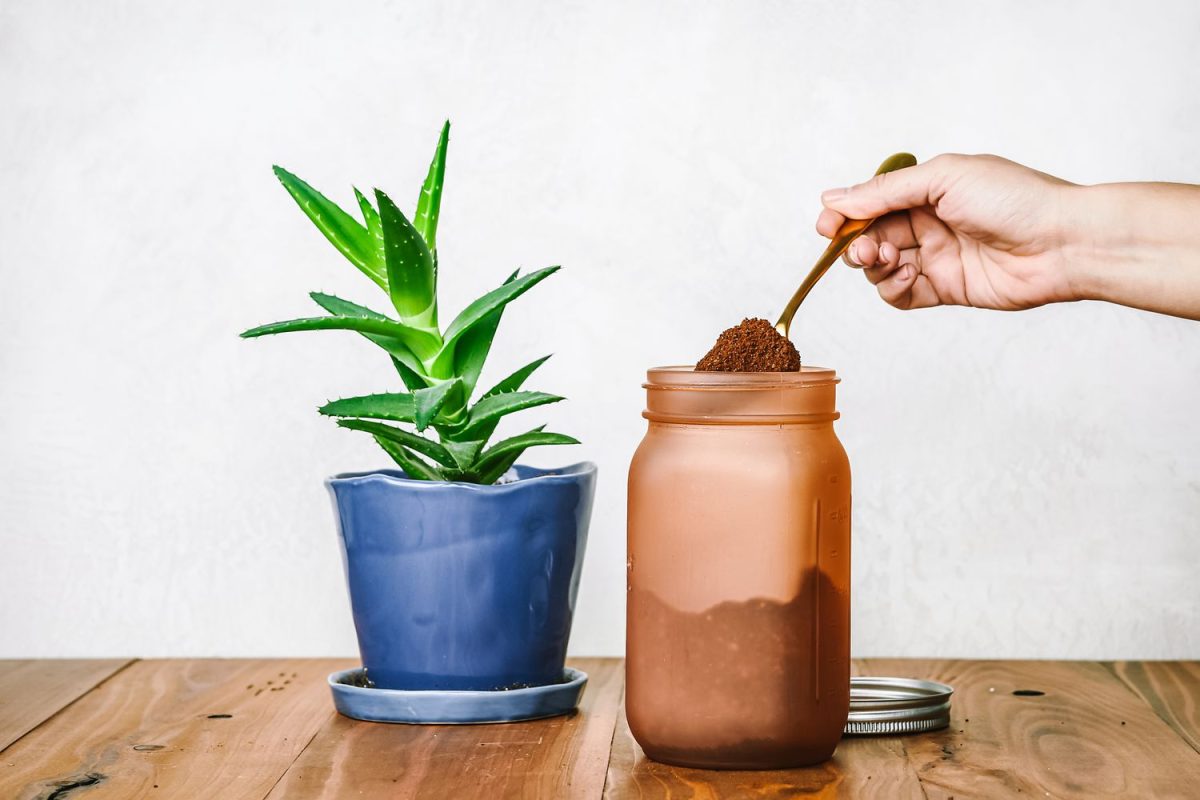
Homemade Plant Food: Transforming Kitchen Scraps and Natural Materials into Powerful Elixirs for Thriving Gardens
Unveiling the Treasures of Your Kitchen and Backyard: Sourcing Ingredients for Homemade Plant Food
For many gardeners, the allure of nurturing healthy plants goes beyond just aesthetics. It’s a journey of connection with nature and the satisfaction of cultivating vibrant life. However, commercially produced fertilizers can be expensive and raise concerns about environmental impact. This guide unlocks the secrets of homemade plant food, empowering you to create natural, cost-effective solutions for nourishing your garden with readily available resources.
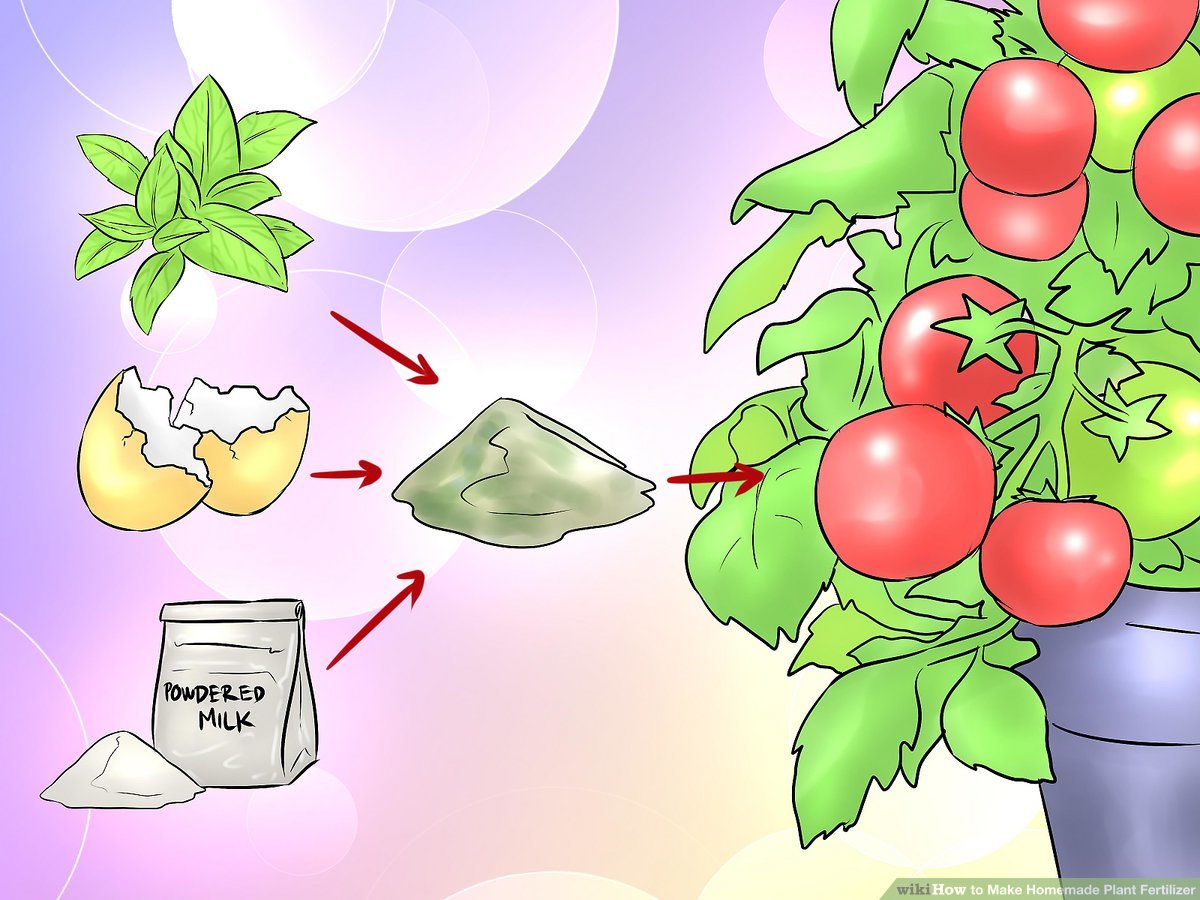
The Building Blocks of Plant Health: Understanding Macronutrients and Micronutrients
Plants are like meticulous builders, requiring a specific set of materials to thrive. These essential materials come in the form of nutrients, broadly categorized into two groups: macronutrients and micronutrients.
- The Mighty Macronutrients: Powering Plant Growth and Development
Macronutrients, like nitrogen, phosphorus, and potassium, are the cornerstones of plant health, needed in larger quantities for crucial functions like structure, growth, and reproduction. Imagine them as the bricks and mortar of a healthy plant. * Nitrogen: Essential for healthy leaf growth and vibrant foliage. * Phosphorus: Plays a key role in root development, flowering, and fruit production. * Potassium: Strengthens plant cell walls, improves disease resistance, and enhances overall plant health.
- The Essential Micronutrients: Playing Vital Roles in Plant Function
Micronutrients, while required in smaller amounts, are just as vital. Think of them as the essential vitamins, playing vital roles in various plant processes, from iron for chlorophyll production to zinc for enzyme activity. * Iron: Enables plants to produce chlorophyll, the pigment responsible for photosynthesis. * Zinc: Plays a crucial role in enzyme activity, influencing growth and development. * Manganese: Assists in photosynthesis and nutrient utilization.

Transforming Kitchen Scraps and Natural Materials into Plant Food Powerhouses
The beauty of homemade plant food lies in its resourcefulness. Instead of relying solely on store-bought products, you can transform everyday household items and readily available natural materials into potent plant food solutions.
- Kitchen Pantry Staples: Unveiling Hidden Treasures
Your kitchen pantry becomes a treasure trove of potential ingredients. Eggshells, a common kitchen scrap rich in calcium, can be crushed and sprinkled around the base of your plants for a slow-release calcium boost. Banana peels, containing potassium and other beneficial minerals, can be steeped in water to create a nutrient-rich tea for potassium-loving plants. Coffee grounds, while not directly providing nutrients, can enhance soil acidity, which is a welcome change for acid-loving plants like blueberries or azaleas.
- Nature’s Bounty: Unveiling the Power of Natural Materials
Beyond the kitchen, nature offers a bounty of resources. Compost, the dark, crumbly product of decomposed organic matter, is a powerful source of slow-release nutrients for your plants. Used, unsweetened tea leaves can be sprinkled around the base of plants to provide a nitrogen boost. Even seaweed, readily available in coastal areas, can be soaked in water to create a potent seaweed solution packed with essential minerals, perfect for foliar feeding.
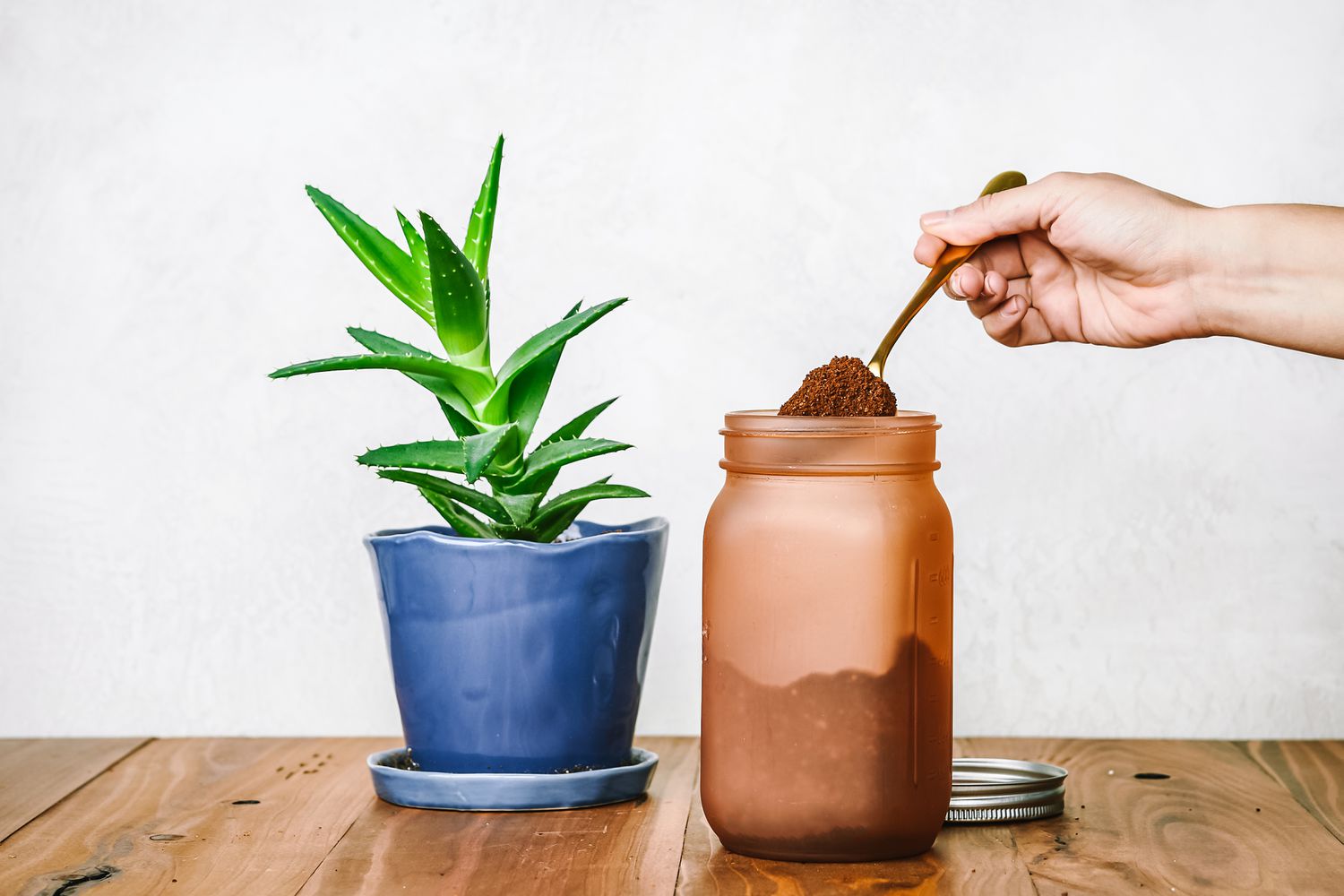
B. Exploring the Benefits and Techniques of Each Approach
- B3. Fermented Plant Food: A Potent and Long-Lasting Elixir
Fermented plant food involves steeping organic materials in water over several days, allowing beneficial microorganisms to break down the ingredients and release nutrients in a readily available form for plants. This method creates a potent, long-lasting plant food ideal for providing a steady stream of nutrients to your plants. However, it requires a bit more patience, as the fermentation process can take anywhere from a few days to a few weeks.
- B4. Non-Fermented Plant Food: A Quick and Convenient Solution
Non-fermented plant food involves creating a quick infusion by steeping or boiling ingredients in water for a shorter period. This method is faster and more convenient than the fermented approach, making it ideal for situations where you need a nutrient boost for your plants right away. However, non-fermented plant food may not be as nutrient-rich or long-lasting as its fermented counterpart.
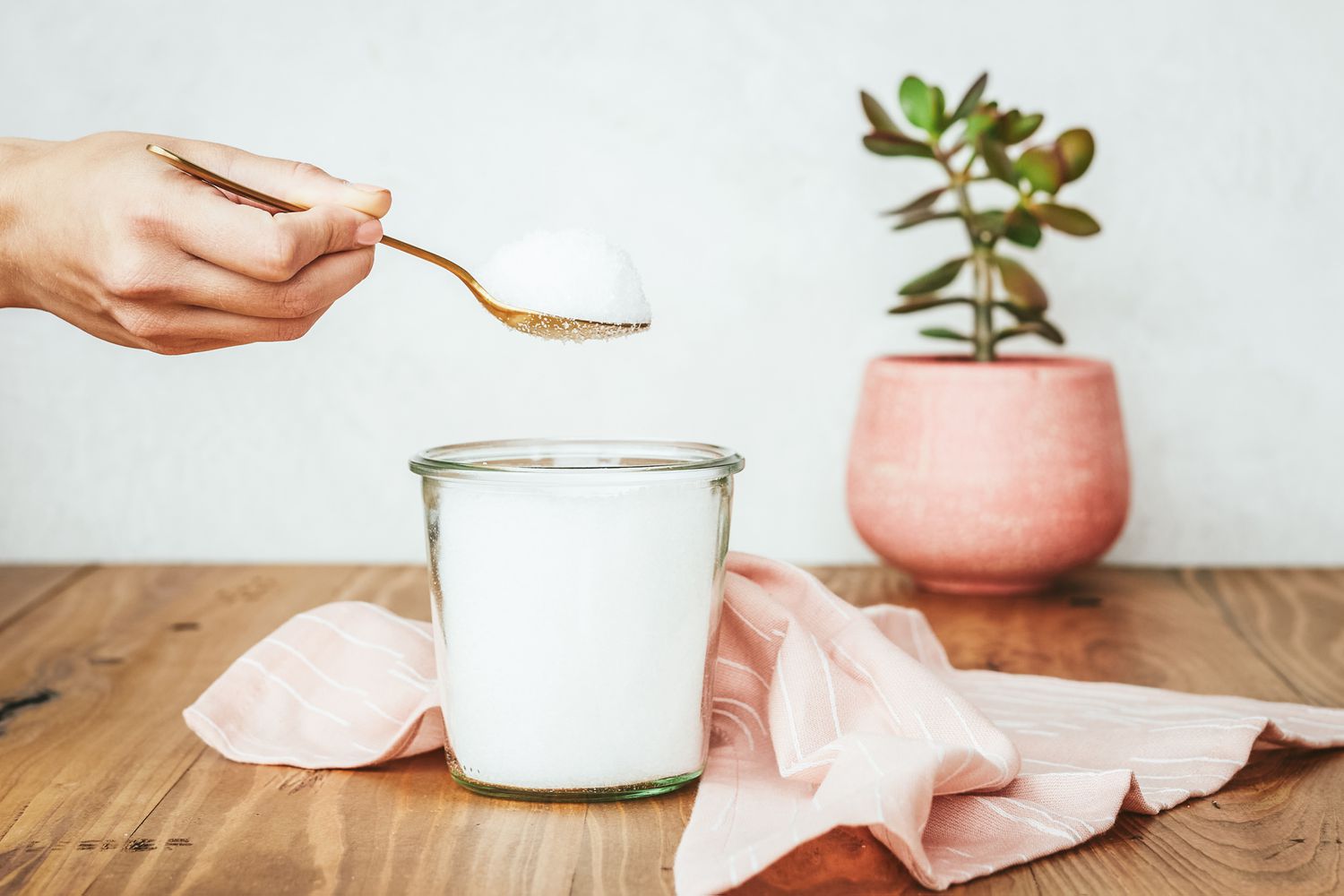
A. Determining the Right Application Method, Timing, and Dilution
- A3. Selecting the Optimal Application Method for Your Plant Food
The application method depends on the type of plant food you’ve made. Fermented plant food can be diluted with water and applied directly to the soil around the base of your plants. This allows the nutrients to seep into the soil and be readily absorbed by the plant roots. Non-fermented plant food, often created as a tea or solution, can be used as a foliar spray, misted directly onto the leaves of your plants. This method allows for faster nutrient uptake, particularly beneficial for addressing deficiencies quickly.
- A4. Timing Your Application for Maximum Impact
Timing is crucial when applying plant food. Early mornings or evenings are generally the best times to nourish your plants. Hot sunlight can burn leaves, and applying plant food during the heat of the day can be less effective. Additionally, consider the specific needs of your plants. Some plants may require more frequent nutrient application during periods of rapid growth, while others may thrive with less frequent feeding.
- A5. Dilution: The Key to Avoiding Overfeeding
Always dilute your homemade plant food according to the recipe or with water before applying it to your plants. Overfeeding your plants with concentrated plant food can be detrimental, leading to salt buildup in the soil and potentially harming the roots. Start with a weaker dilution and gradually increase the concentration if needed, observing your plants for any signs of stress or nutrient imbalance.
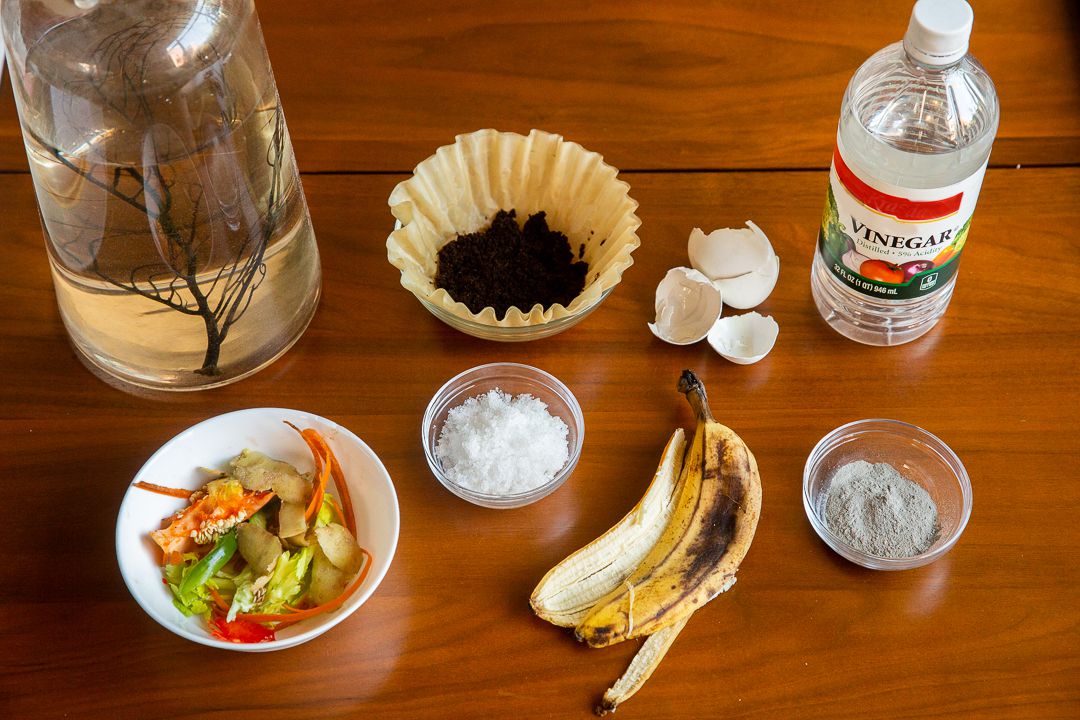
B. Handling Ingredients Safely, Avoiding Overapplication, and Protecting the Environment
- B5. Prioritizing Safety and Responsible Ingredient Management
While homemade plant food is a natural and eco-friendly approach, some safety precautions are essential. Avoid using ingredients that have mold or have gone bad, as these can introduce harmful pathogens into your garden. Similarly, be mindful of using animal products like meat scraps or dairy, as they can attract unwanted pests and contribute to unpleasant odors. Compost these materials instead, allowing them to decompose safely and provide long-term benefits to your soil.
- B6. Avoiding Overapplication: Protecting Your Plants and Soil Health
Remember, moderation is key! Overapplying your homemade plant food can disrupt the delicate balance of nutrients in your soil. This can lead to stunted growth, leaf scorch, and even plant death. By following dilution recommendations and observing your plants for any signs of nutrient imbalance, you can ensure your homemade plant food provides a positive impact on your garden.
- B7. Environmental Stewardship: Using Homemade Plant Food Responsibly
Finally, be mindful of the potential environmental impact of your practices. Compost only organic materials and avoid using any harsh chemicals or pesticides in your homemade plant food concoctions. By adopting sustainable practices, you can nurture your plants and contribute to a healthier environment for everyone.